As the golden years unfold, many older Americans seek the thrill of travel and exploration. Yet, unbeknownst to them, some beloved tourist spots harbor hidden dangers. Whether it’s unexpected terrain challenges or understated health risks, these hazards are often overlooked. This article highlights 16 cherished destinations, revealing both their allure and the unseen threats that lie beneath the surface. Each spot offers its unique charm, but awareness of potential dangers can make all the difference in ensuring a safe and enjoyable experience.
1. The Grand Canyon
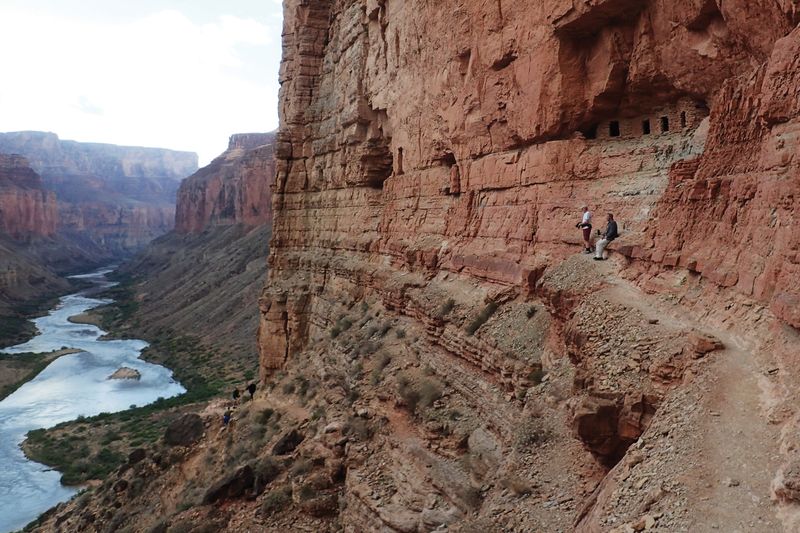
The Grand Canyon’s breathtaking vistas captivate countless older Americans. However, its rugged cliffs and unpredictable weather pose significant risks.
Despite its visual allure, the canyon’s steep trails are physically demanding. Older visitors may face challenges with balance and stamina, increasing the risk of falls.
Furthermore, sudden temperature changes can impact heart and respiratory health. Proper preparation and caution can mitigate these hazards. A fun fact: the Grand Canyon was carved over millions of years by the Colorado River, yet its beauty belies the potential dangers for unwary travelers.
2. Venice’s Canals
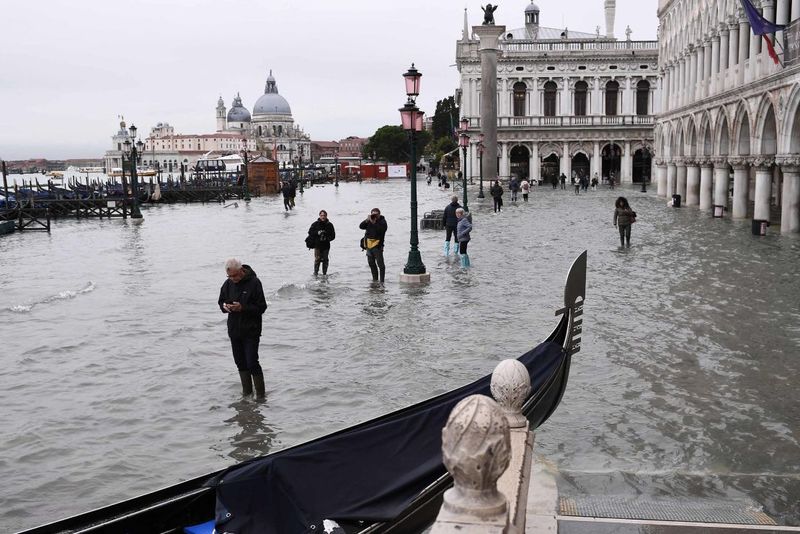
Venice’s enchanting canals beckon romantic souls with their timeless charm. However, the city’s unique infrastructure hides hidden perils.
Elderly tourists may find navigating narrow, slippery pathways challenging. The slow but steady rise in water levels can also pose unexpected threats to those unaccustomed to water-bound locales.
Interestingly, Venice has faced flooding challenges for centuries, constantly adapting to its aquatic environment. Understanding these dynamics helps ensure a safe visit for all, especially those unfamiliar with such settings.
3. Machu Picchu

Machu Picchu’s ancient splendor attracts adventurous seniors worldwide. Yet, its high altitude and uneven terrain conceal hazards.
Visitors must acclimate to reduced oxygen levels, which can strain cardiovascular systems, especially for older individuals. Additionally, the ruins’ steep steps require careful navigation to prevent accidents.
This iconic site, hidden for centuries, raises awareness of the importance of physical preparedness. Enjoying Machu Picchu requires acknowledging both its magnificent history and the physical challenges it presents.
4. Great Wall of China
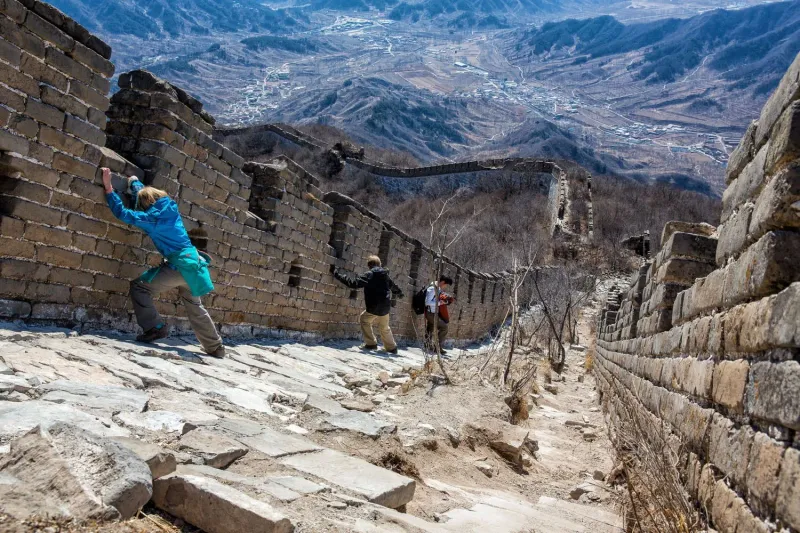
The Great Wall of China stands as a testament to ancient engineering, drawing older explorers with its grandeur. However, its vastness and steepness present unique challenges.
Elderly visitors may find ascending its uneven steps taxing. The sheer scale of the wall can be overwhelming, with limited resting spots available.
A lesser-known fact: the wall once spanned over 13,000 miles, showcasing the immense effort behind its construction. Ensuring a safe journey along the Great Wall requires mindful pacing and awareness of one’s physical limits.
5. Santorini’s Cliffs

Santorini’s picturesque cliffs provide a dreamlike backdrop for older visitors. Yet, the island’s beauty is matched by its steep pathways.
Navigating these inclines can be strenuous for those with mobility concerns. The stunning views may distract from the need for careful footing.
Santorini’s iconic whitewashed buildings and azure seas are as breathtaking as they are potentially hazardous. A famous fact: the island was shaped by a volcanic eruption, adding geological intrigue to its allure. Caution ensures the magic of the experience is preserved.
6. Rome’s Ancient Ruins
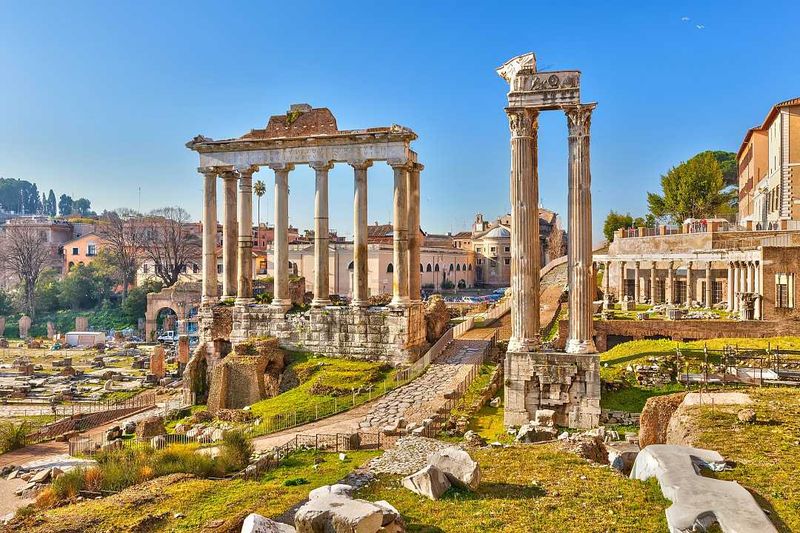
Rome’s ancient ruins captivate history enthusiasts, offering glimpses into a storied past. However, the city’s cobblestone streets require vigilance.
Older tourists might face difficulties walking on uneven surfaces. These historical sites demand careful attention to prevent slips or falls.
With roots tracing back millennia, Rome’s enduring allure captivates curious minds. Did you know Roman roads were engineered for durability, yet their ancient design can challenge modern travelers? Awareness of these nuances enhances the exploration of such iconic landmarks.
7. Alaskan Cruises
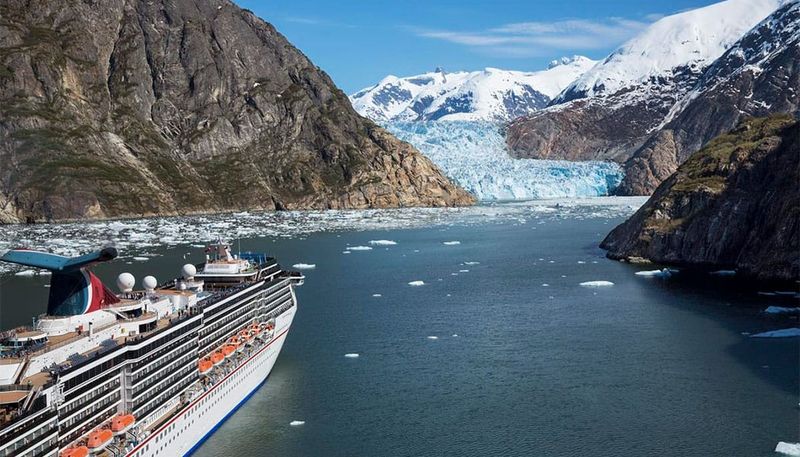
Alaskan cruises offer serene beauty, attracting nature-loving seniors. However, the unpredictable maritime environment warrants caution.
Cruise ship decks can become slippery, and the cold climate may impact those with respiratory conditions. Understanding potential sea motion is crucial for comfort.
Alaska’s wild landscapes lure adventurers, yet its remoteness demands foresight. Did you know? The state’s vastness means many areas are accessible only by water. Acknowledging these elements prepares travelers for a breathtaking journey filled with natural wonders.
8. Egypt’s Pyramids

Egypt’s pyramids stand as testaments to human ingenuity, drawing seniors to their enigmatic allure. However, the harsh desert climate poses health risks.
Visitors should beware of dehydration and heat exhaustion during their exploration. The vast desert landscape can be disorienting for those unprepared.
These ancient marvels offer insights into a bygone era, captivating imaginations. Did you know the Great Pyramid was originally covered in polished limestone, reflecting sunlight brilliantly? Preparing for Egypt’s climate ensures a safe and enriching visit.
9. Hawaiian Volcanoes
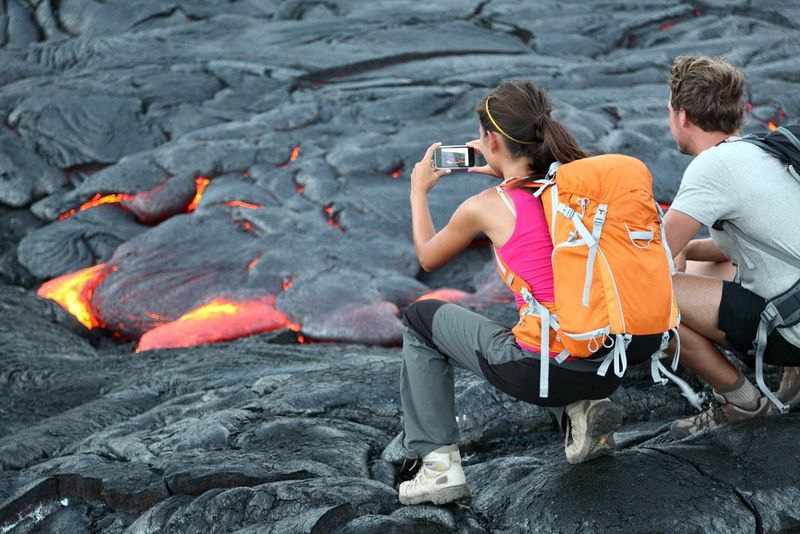
Hawaii’s volcanoes mesmerize with their raw power, inviting adventurous seniors to explore. Yet, the unpredictable nature of volcanic activity demands respect.
Older hikers should be mindful of terrain changes and air quality variations. The lush landscape can mask hidden dangers of active volcanic regions.
The Hawaiian Islands are a testament to nature’s dynamic forces, offering unforgettable experiences. An interesting tidbit: Hawaii is home to the world’s most active volcano, Kilauea. Awareness of volcanic hazards ensures a thrilling yet safe exploration of this natural wonder.
10. Paris’s Eiffel Tower

The Eiffel Tower embodies Parisian romance, attracting seniors with its iconic silhouette. Yet, the bustling crowds and urban environment present challenges.
Navigating busy areas requires attentiveness, and climbing the tower may be strenuous for some. Elevated platforms might trigger vertigo in sensitive individuals.
Paris’s charm is timeless, but its iconic landmarks demand mindfulness. A curious fact: the Eiffel Tower was initially criticized for its design, yet it stands as a symbol of innovation today. Awareness of city dynamics enhances the enjoyment of its wonders.
11. Niagara Falls
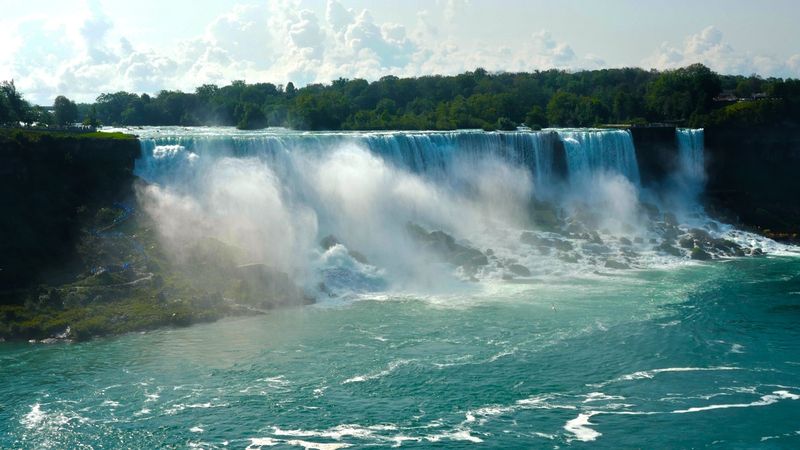
Niagara Falls’ thundering cascades inspire awe among older tourists. However, the mist-laden environment can be deceptively slick.
Navigating near the falls requires caution due to slippery surfaces. The area’s popularity means dense crowds, posing additional navigation challenges.
This natural marvel straddles the US-Canada border, captivating hearts worldwide. Did you know? The falls were formed by glaciers over 12,000 years ago. With thoughtful planning, the breathtaking beauty of Niagara Falls can be safely enjoyed by all.
12. The Amazon Rainforest
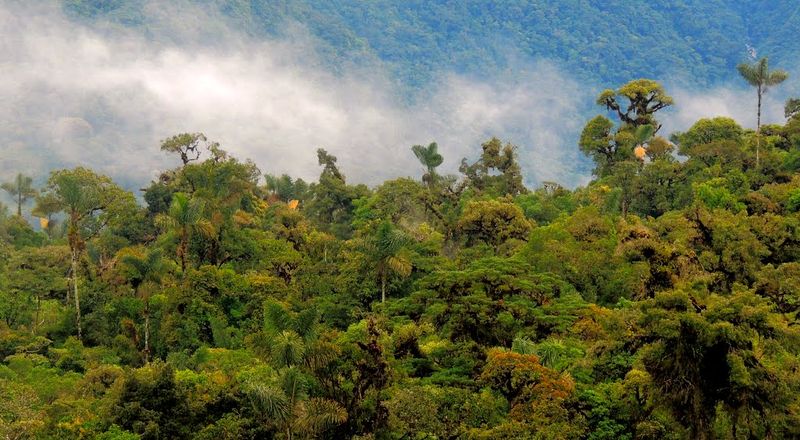
The Amazon Rainforest teems with biodiversity, drawing adventurous seniors eager to explore. Yet, its dense and humid environment holds hidden threats.
Rainforest trails can be challenging to navigate, with uneven terrain and diverse wildlife. Awareness of potential health risks, such as insect-borne diseases, is crucial.
This vibrant ecosystem offers unparalleled exploration opportunities. A notable fact: the Amazon produces 20% of the Earth’s oxygen. Embracing the wonder of the rainforest, while staying informed of potential hazards, ensures a memorable and safe adventure.
13. Stonehenge
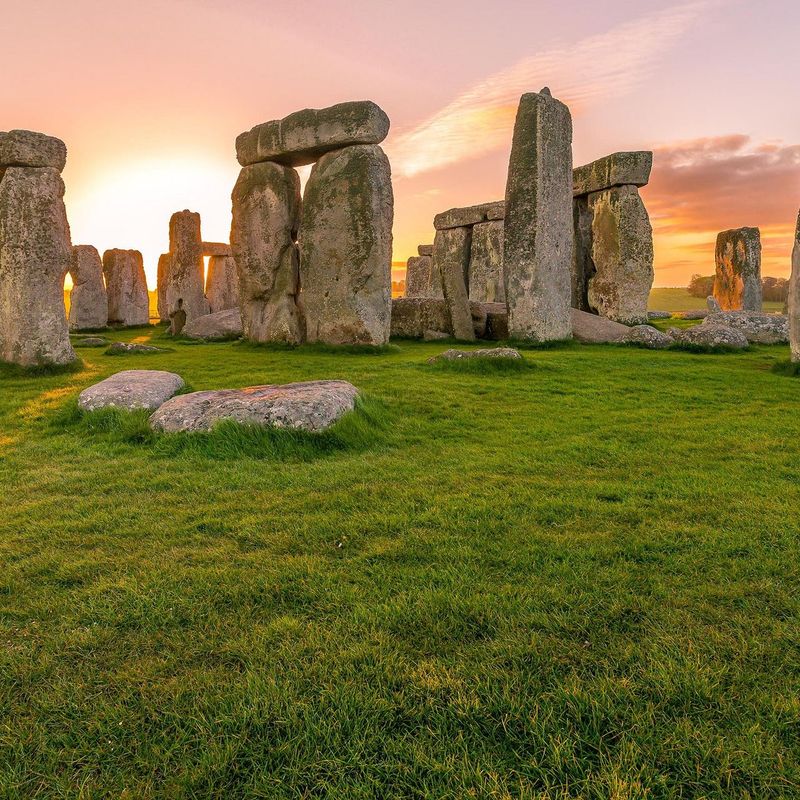
Stonehenge’s ancient mystery beckons the curious, inviting older visitors to ponder its origins. However, the open landscape poses exposure risks.
Windy conditions and uneven ground may challenge those with limited mobility. Stonehenge’s remote location requires careful planning for a comfortable visit.
This prehistoric monument sparks wonder and intrigue. Did you know? Its stones were transported from over 150 miles away, an impressive feat for ancient builders. By preparing for environmental factors, visitors can fully appreciate the timeless enigma of Stonehenge.
14. Galápagos Islands
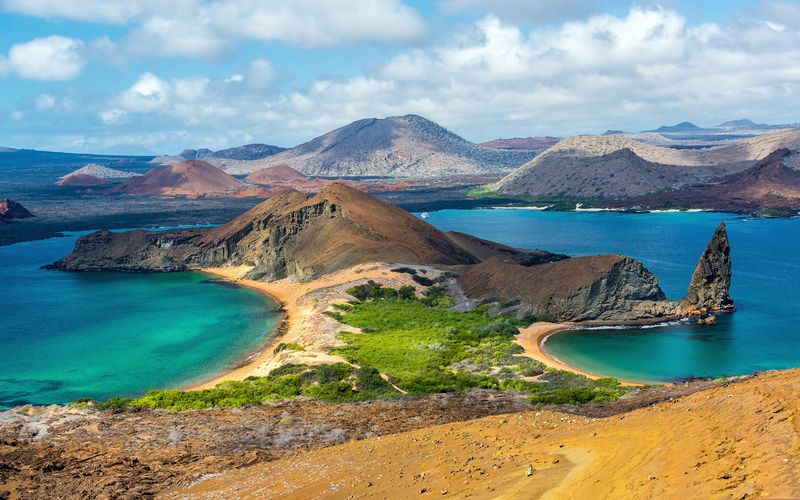
The Galápagos Islands offer unparalleled wildlife encounters, drawing nature-loving seniors. Yet, the remote location entails logistical challenges.
Travelers should be aware of limited medical facilities and variable weather conditions. The islands’ conservation efforts mean strict visitor guidelines must be followed.
A fascinating detail: these islands inspired Charles Darwin’s theory of evolution. Embracing the unique biodiversity of the Galápagos, while adhering to safety measures, ensures a fulfilling visit to this ecological gem.
15. Petra’s Ancient City
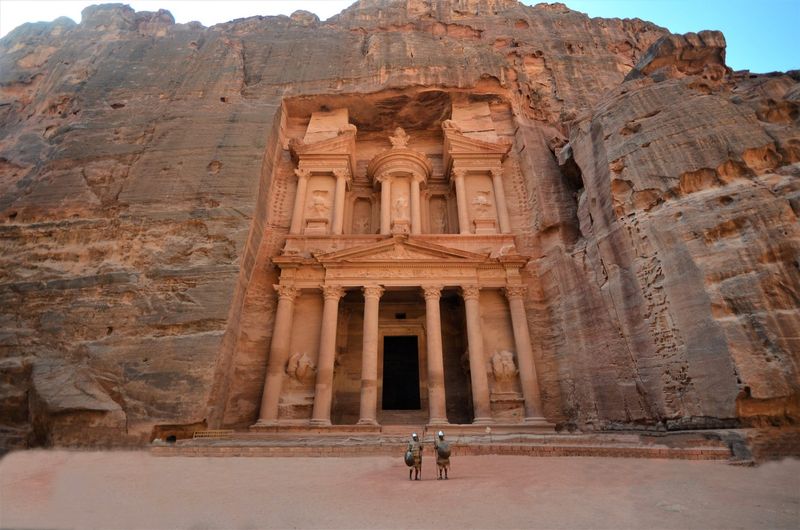
Petra’s rose-red city captivates with its architectural marvels, enticing older adventurers. However, the site’s rugged terrain presents mobility challenges.
Visitors should prepare for uneven paths and narrow passageways. The desert environment demands consideration of hydration needs.
Petra’s intricate carvings tell stories of an ancient civilization. Did you know? It was once a thriving trading hub. Ensuring adequate preparation maximizes the enjoyment of Petra’s historical splendor while safeguarding health and safety.
16. Mount Fuji’s Summit Trails
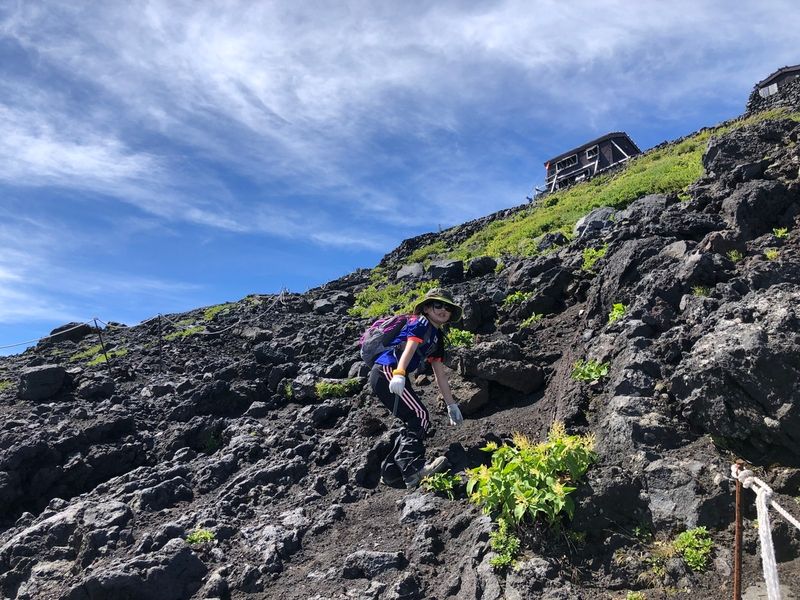
Mount Fuji, Japan’s iconic peak, draws thrill-seekers and spiritual wanderers alike. While its allure is undeniable, the summit trails can present unforeseen challenges, especially for older adventurers.
The rapid weather changes are a constant companion, with temperatures dropping suddenly. These fluctuations can catch even seasoned hikers off guard. Additionally, the trails can be deceptively steep and rocky, demanding careful navigation.
For those with a heart condition or mobility issues, the ascent might pose significant risks. Being prepared with adequate gear and awareness of one’s physical limits is essential to enjoy this majestic climb safely.



